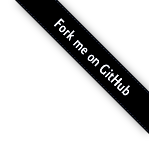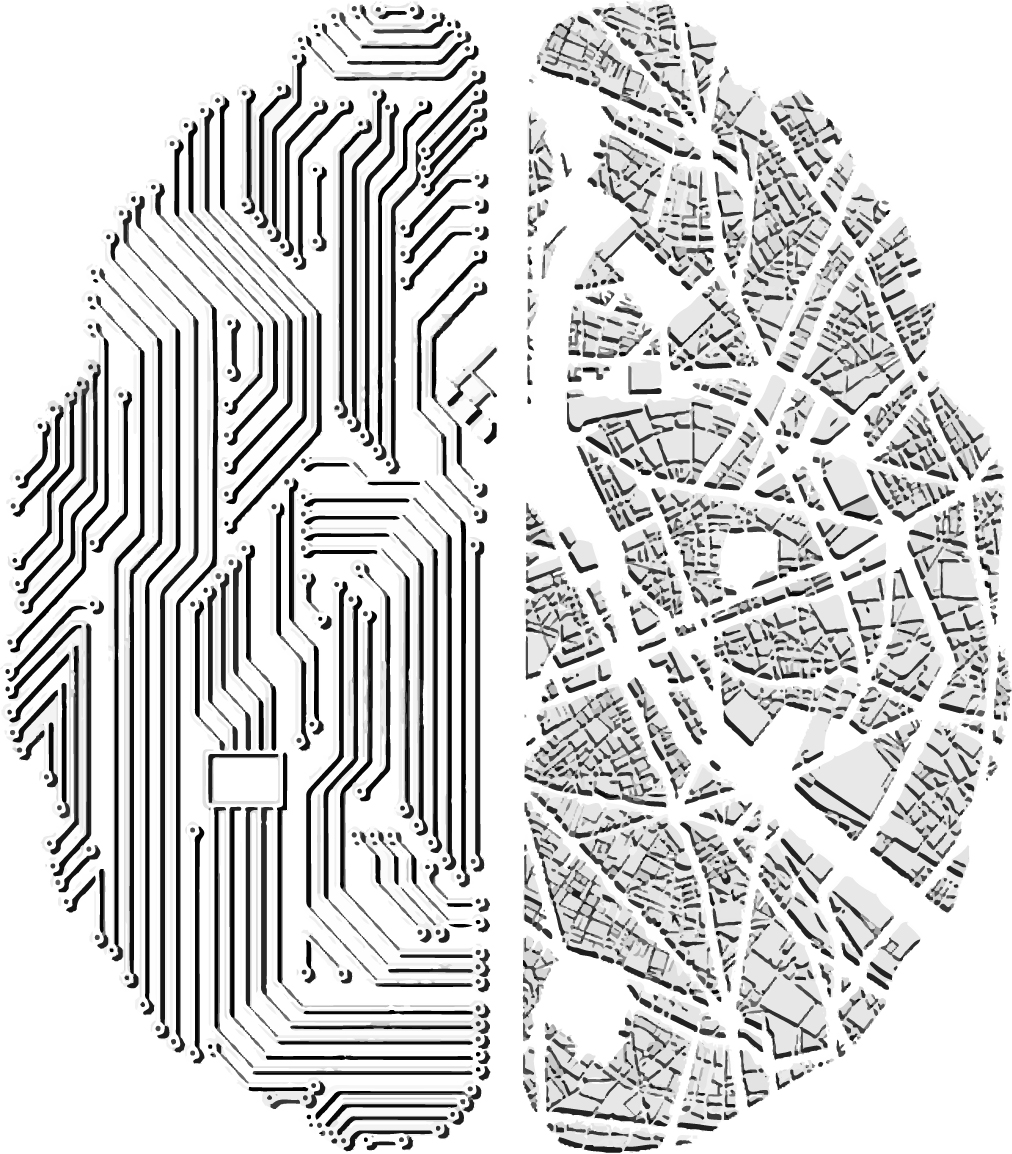In 2014, the Ecole Normale Supérieure, most prestigious and competitive University in France, gave to its candidates for the entry exam the following subject: “Explain!”. No subtitle, no annex, nothing. An 8-hour exam, sat by more than 15.000 candidates, came down to this single word. “Explain!”
Far from the public outcry that immediately followed this event, we see this injunction as the single valuable responsibility of our time. Explaining. Finding the words to teach others.
In the age of machines, where new forms of intelligence can help us, finding the words, crafting the means and methods to explain will be key to educate the assistants of tomorrow.
The advent of Artificial Intelligence as a discipline has been permeating countless fields, bringing means and methods to previously unresolved challenges, across industries. The fusion of this new techno-science with Architecture is still in its early days but offers promising results. Our thesis proposes to evidence its potential as it is applied to Architecture. More than a mere opportunity, it is to us, shaping a promising discipline per se. Specifically, we offer to apply AI to floorplans analysis, and generation. Our ultimate goal is two-fold: offer a proper classification methodology of floorplans, able to tackle diversity and quantity, while creating a framework for machine learning-based floorplan generation.
Floorplans are indeed a high-dimensional problem, at the cross road of quantifiable technics, and more qualitative properties. The study of architectural precedent remains too often a hazardous process, that negates the richness of the quantity of existing resources, while lacking in analytical rigor. We offer here a methodology, inspired from current Data Science methodologies, to qualify plans, both through their style, and their organization.
At the heart of this project, lies the necessity of inventing meaningful metrics to qualify and classify floorplans. Through the creation of 6 metrics, we propose a framework that captures architecturally relevant parameters of floorplans.
On one hand, Footprint Shape, Orientation, Thickness & Texture are 3 metrics capturing the essence of a given floorplan’s style. On the other hand, Program, Connectivity and Circulation will capture the essence of a given floorplan organization.
The advent of automated classification is in fact the bedrock of the machine learning practices. Our thesis offers to leverage our database of classified plans to evidence the possibility of such tools applied to floorplan generation. Our methodology follows two main intuitions (1) the creation of floorplans is a non-trivial technical challenge, that encompasses standard optimization technics. (2) The design of space is a sequential process, requiring successive design steps across different scales (urban scale, building scale, unit scale). We attempt to capture these two realities by using nested Generative Adversarial Neural Networks. The use of such models will enable us to capture more complexity across encountered floorplans, while breaking down the complexity of the tackled problems into successive steps. To each step will correspond a given model, trained for this particular task.
Overall, our thesis will evidence the possible back and forth between human and machines, that permeates the architectural discipline today. The machine that was once the extension of our pencil, can today be leveraged to map architectural knowledge, and be trained to assist us creating viable design options.
The advent of Artificial Intelligence as a discipline has been permeating countless fields, bringing means and methods to previously unresolved challenges, across industries. The fusion of this new techno-science with Architecture is still in its early days but offers promising results. Our thesis proposes to evidence its potential as it is applied to Architecture. More than a mere opportunity, it is to us, shaping a promising discipline per se. Specifically, we offer to apply AI to floorplans analysis, and generation. Our ultimate goal is two-fold: offer a proper classification methodology of floorplans, able to tackle diversity and quantity, while creating a framework for machine learning-based floorplan generation.
Floorplans are indeed a high-dimensional problem, at the cross road of quantifiable technics, and more qualitative properties. The study of architectural precedent remains too often a hazardous process, that negates the richness of the quantity of existing resources, while lacking in analytical rigor. We offer here a methodology, inspired from current Data Science methodologies, to qualify plans, both through their style, and their organization.
At the heart of this project, lies the necessity of inventing meaningful metrics to qualify and classify floorplans. Through the creation of 6 metrics, we propose a framework that captures architecturally relevant parameters of floorplans.
On one hand, Footprint Shape, Orientation, Thickness & Texture are 3 metrics capturing the essence of a given floorplan’s style. One the other hand, Program, Connectivity and Circulation will capture the essence of a given floorplan organization.
The advent of automated classification is in fact the bedrock of the machine learning practices. Our thesis offers to leverage our database of classified plans to evidence the possibility of such tools applied to floorplan generation. Our methodology follows two main intuitions (1) the creation of floorplans is a non-trivial technical challenge, that encompasses standard optimization technics. (2) The design of space is a sequential process, requiring successive design steps across different scales (urban scale, building scale, unit scale). We attempt to capture these two realities by using nested Generative Adversarial Neural Networks. The use of such models will enable us to capture more complexity across encountered floorplans, while breaking down the complexity of the tackled problems into successive steps. To each step will correspond a given model, trained for this particular task.
Overall, our thesis will evidence the possible back and forth between human and machines, that permeates the architectural discipline today. The machine that was once the extension of our pencil, can today be leveraged to map architectural knowledge, and be trained to assist us creating viable design options.

